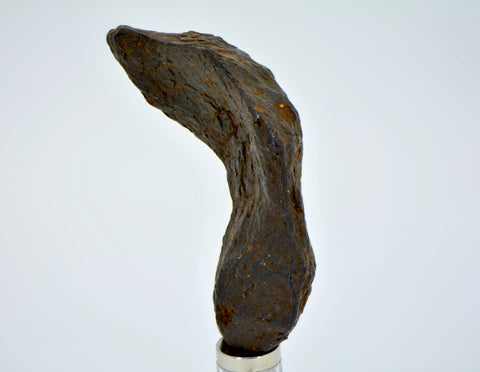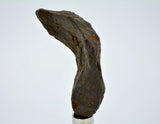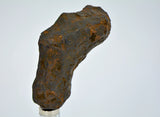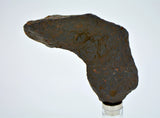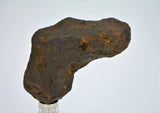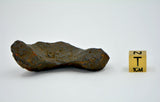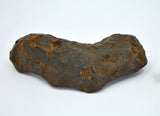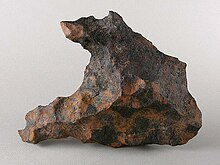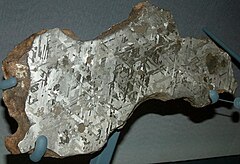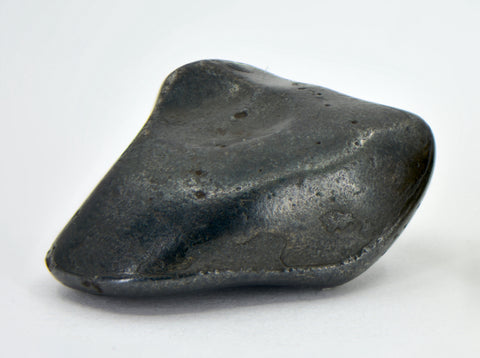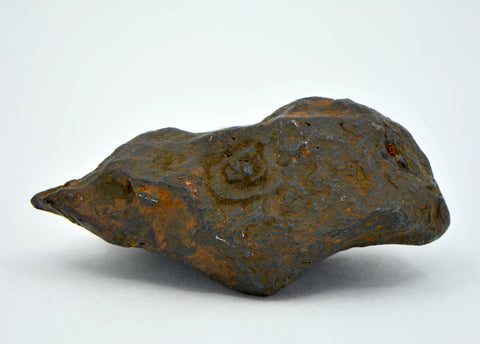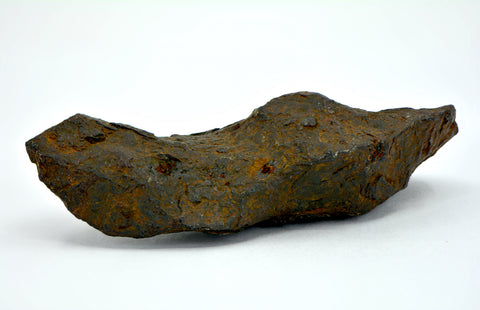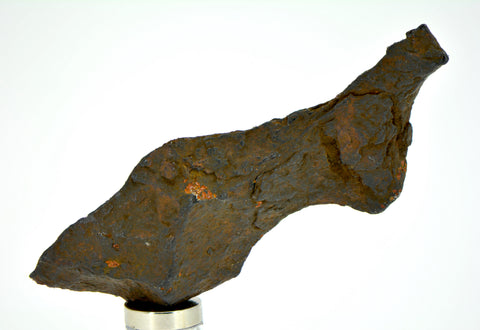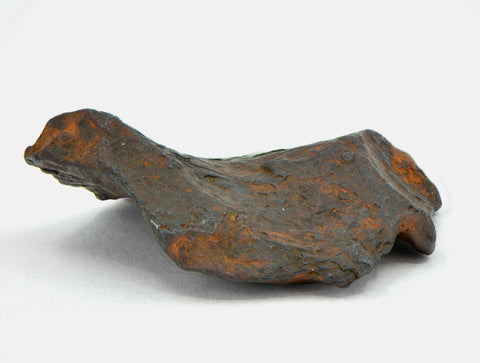55.2 gram CANYON DIABLO meteorite - IAB Iron Meteorite

On Offer: 55.2 gram Canyon Diablo Meteorite complete individual as found.
Official Name: Canyon Diablo
Type: Iron, IAB-MG
Structural Classification: Coarse Octahedrite
First Found Date: 1891
What you get: 55.2 gram Canyon Diablo meteorite as shown, & signed Certificate of Authenticity.
I offer a 100% no questions asked 30 day return policy.
SEE OFFICIAL METEORITICAL SOCIETY ENTRY BELOW
| Canyon Diablo | |||||||||||||||||
|---|---|---|---|---|---|---|---|---|---|---|---|---|---|---|---|---|---|
| Basic information |
Name: Canyon Diablo This is an OFFICIAL meteorite name. Abbreviation: There is no official abbreviation for this meteorite. Observed fall: No Year found: 1891 Country: United States Mass:  30 t 30 t |
||||||||||||||||
| Classification history: |
This is 1 of 120 approved meteorites classified as Iron, IAB-MG. |
||||||||||||||||
From Wikipedia:
"The Canyon Diablo meteorites include the many fragments of the asteroid that created Barringer Crater (Meteor Crater), Arizona, United States. Meteorites have been found around the crater rim, and are named for nearby Canyon Diablo, which lies about three to four miles west of the crater."
The Canyon Diablo meteorites include the many fragments of the asteroid that created Barringer Crater (Meteor Crater), Arizona, United States. Meteorites have been found around the crater rim, and are named for nearby Canyon Diablo which lies about three to four miles west of the crater.
History
The asteroid fell about 50,000 years ago. The meteorites have been known and collected since the mid-19th century and were known and used by pre-historic Native Americans. The Barringer Crater, from the late 19th to the mid-20th century, was the center of a long dispute over the origin of craters that showed little evidence of volcanism. That debate was settled in the 1950s thanks to Eugene Shoemakers' study of the crater.
In 1953, Clair Cammeron Patterson measured ratios of the lead isotopes in samples of the meteorite. The result permitted a refinement of the estimate of the age of the Earth to 4.550 billion years (± 70 million years).
Composition and classification
This meteorite is an iron octahadrite. Minerals reported from the meteorite include:
- Cohenite - iron carbide
- Chromite - iron magnesium chromium oxide
- Daubréelite - iron(II) chromium sulfide
- Diamond andIonsdaleite - carbon
- Graphite- carbon
- Haxonite - iron nickel carbide
- Kamacite iron nickel alloy - the most common component.
- Base Metal Sulfides
- Scheidbesite - iron nickel phosphide
- Taenite - iron nickel alloy
- Trolite - a variety of the iron sulfide mineral pyrrhotite. The troilite in this sample is used as the standard reference for sulfur isotope ratios.
- Moissanite - a variety of silicon carbide, the second hardest natural mineral.
Samples may contain troilite-graphite nodules with metal veins and small diamonds.
We Also Recommend

